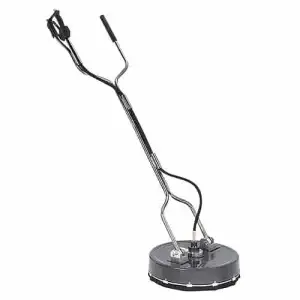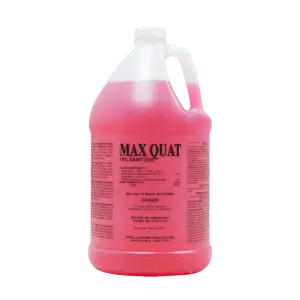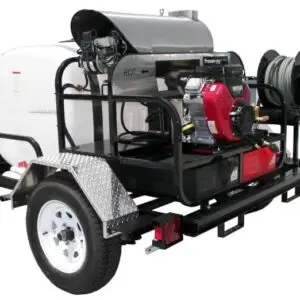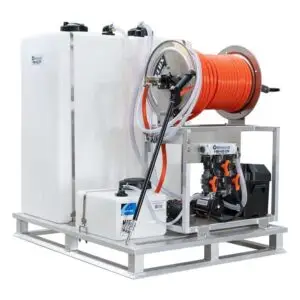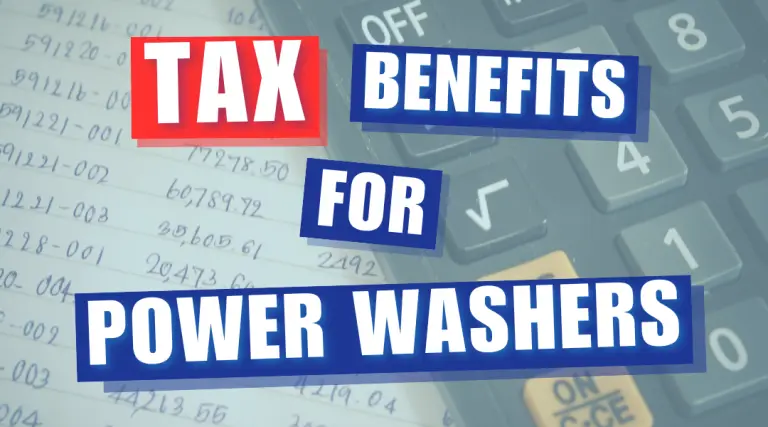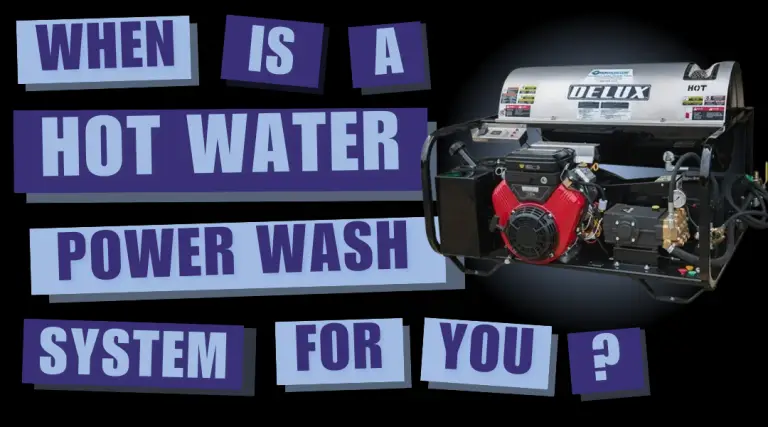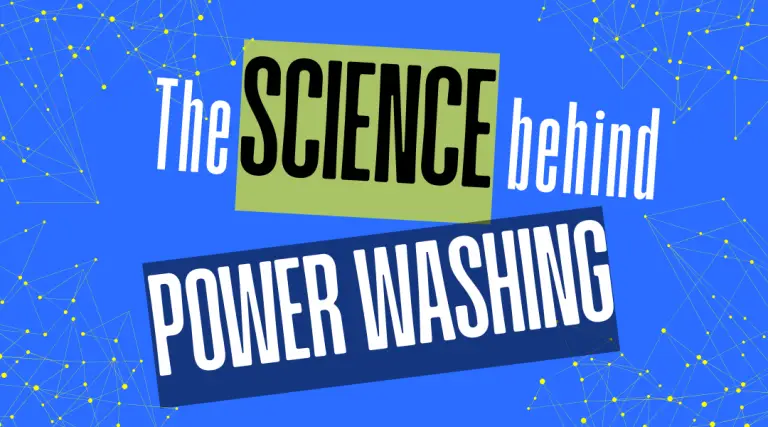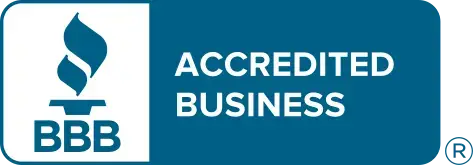- Home
- /
- PowerWash Industry
- /
- INDUSTRY PERSPECTIVE ON GREASE REMOVAL
Subscribe To Our Newsletter
Stay in the know on the latest products, deals, events, tips & tricks.
Social Media
Popular Products
-
-
-
All Pressure Washers
Complete Professional Pressure Washing Trailer. The Tow Pro Trailer, Super Skid, Pro, VBelt, Gas, 20 Honda/General, 5.5@3500
$18,374.97 -
All Pressure Washers
Maverick Stampede Complete Professional Soft Wash System with 3 tanks and a Proprtioner
$5,774.97
INDUSTRY PERSPECTIVE ON GREASE REMOVAL
INDUSTRY PERSPECTIVE
Cleaning Kitchen Exhaust Systems
by Diane Calabrese
Reprinted from the September 2001 Issue of Cleaner Times
Sluggish or not, grease moves. So when fat is used for cooking, it does not take long for kitchen exhaust fans and ducts to become coated with grease. Just a little encouragement, such as heat from cooking, pushes animal and vegetable fats into a volatile state. Airborne, they reach and splatter on to the nearest surfaces, which are often metal and overhead.
Grease buildup can bring down an establishment. All it takes is a stray spark or flame to ignite the fuel and start a hot-burning fire. That’s why cleaning down to the metal is a must in any job involving kitchen exhaust systems.
It’s easy to understand the importance of the goal but often quite challenging to accomplish it. “Some exhaust systems are located in areas that require considerable protection from the cleaning process” says David Olson, owner of Tidy Powerwash Services, Inc. He points to “Carpet, wallpaper, office equipment and highly polished floors” among the things that can be in the way and must be protected.
“Consider what it would be like if you decided to clean your outdoor grill on your living room floor,” explains Olson. It’s not a pretty picture, but it is a graphically realistic one.
But with years of experience in tackling kitchen exhaust systems, Olson is undaunted by the configuration of a job. In early July, he was doing a system that had about 300′ of duct attached to an 8′ canopy. The setting was in a hospital. The duct not only ran through the kitchen, but also through an office and up three floors. It exited the building over an operating room. A four-man crew would work three nights to complete the job.
EDUCATING THE CUSTOMER
Contractors that get rid of grease are willing to do whatever it takes to do the job right. Sometimes the first step in the process is educating the client. Although many municipalities that license food preparation facilities use the National Fire Protection Association (NFPA) guidelines for inspection schedules, some new business owners do not fully understand the consequences of a delay or lapse in scheduled cleaning.
“Bluntness” is occasionally a necessity. It commands the attention of the client, states Doc Reisman of Admiral Powerwash. Although it might be more polite to say “Your kitchen exhaust system is a fire hazard” sometimes it may be necessary to be more emphatic, even to the point of stating “Your restaurant is going to burn down!”
Reisman says that most restaurant owners respond to the facts, so that drastic measures, such as severe warnings are not required. But he says that if his company is going to do a job, it will only do the job correctly. So he wants his client to understand the time and logistics required.
“We spend a lot of extra time doing homework,” says Reisman, who adds that his company works closely with NFPA and his state regulatory agencies to make certain it is up-to-date on all regulations and recommendations. “Education is one of our strengths and the approach we use when dealing with restaurant owners and managers.”
He also considers the education of his employees an important dimension of the learning tree. Information in the possession of the employees is passed along to customers. “From the initial inspection to service and follow-up, our goal is two-fold,” says Reisman. “One, we create an atmosphere of understanding. If we can fill the manager with not only an understanding of what we are doing, but give them the ability and confidence to inspect and question our service, we keep all parties in check.”
And he says, “The second aspect is we eliminate the possibility of competing companies coming in to take over our accounts without offering an equal or exceeding service.
SERIOUS STUDY
Standardization of the A to Z of cleaning kitchen exhaust is in progress. But because of the layers of jurisdictions and parties with vested interest in preventing fires, such as insurance companies and fire fighting groups, uniform regulations for the country as a whole are not in place. NFPA #96, 83.1 sets the standard for how and how often the systems should be cleaned. It is where the “cleaned to bare metal” protocol is set. It also recommends inspection schedules.
For example, the NFPA guideline lists a monthly interval for establishments using a solid fuel and annual inspections for senior centers, churches and day camps, which do not use their kitchens as frequently. In the end, however, it is the licensing body or the authority having jurisdiction (AHJ) for the establishment, that dictates the schedules for cleaning and inspection.
There are many nuances in scheduling. For hospitals and nursing homes that receive federal funds (Medicaid or Medicare) the federal government. sets the schedules.
PLAN AHEAD
The hospital kitchen job David Olson describes illustrates how thoroughly he plans ahead. He knew the parameters of the job before he got started. Adequate preparation is a must for any job, but especially for those that are likely to have hidden obstacles. One needs to stay up-to-date with changes in ducts, fans or other apparatus that might affect the approach to cleaning the system.
To decide whether to accept or bid on a job, a contractor must be able to judge some things in advance. For example, if there is limited access to duct work or there is a breach in the seals on the ductwork, a contractor would not want to commit to the work. The risk of not being able to complete the work properly would be too great.
Assessing layout, design, and even building codes in advance, enable a contractor to make the best choice of equipment for the job. “Some of the systems that we clean, like the hospital, require the use of small electric pumps,” says Olson. “We cannot use our truck mounted equipment because the kitchen is located two and one half blocks from the service entries.”
Experienced kitchen exhaust system cleaners continually develop ways to improve their approaches. Olson says at the top of his wish list would be a non-caustic type degreaser that works as well as a potassium hydroxide based degreaser.
WHEN GREASE GOES DOWN
Because of the attention grease got recently in the Wall Street Journal, it’s difficult to ignore grease that heads down instead of up. In many municipalities, grease clings to the inside of sewers to a much greater extent than it could ever build-up as a coating in exhaust fans and air ducts.
Barry Newman authored the page one Wall Street Journal article about grease in the June 4 edition of the paper. He accounted for the menace that improper disposal of grease poses in New York and beyond. Hoping to save the cost of having the cooking oil hauled away, restaurateurs are surreptitiously disposing of the stuff by putting it down the drain.
And there’s nothing like a long narrow vessel to demonstrate the sluggish and clogging capabilities of grease. Water jetting is a good solution for grease removal in conduits that are grease laden. But restaurant owners realize that keeping grease out of sewers not only puts them on the best side of environmental regulations, in the long run, it’s a lot cheaper.
When grease completely cuts off a sewer, a back up can send sewage into the restaurant. It does not pose the danger a grease fire does, but there is nothing like an experience with raw sewage to give customers a negative view of a restaurant.
Flexibility is the key to being successful in this sector. The work requires proven competence. Keeping up with regulations is a must. And certification is required in many areas.The work gets messy. Most cleaning takes place off-hours. And the work demands precision. Before a job can even begin, funnels, wraps and other accessories must be put in place to capture the run-off waste water and cleaning agents.But like all difficult jobs, kitchen exhaust system cleaning has its rewards. Food preparation facilities appreciate knowing that they have not only a clean environment when the contract cleaner finishes, but also a safer one.
Diane Calabrese is a freelance writer who writes about industry, technology, and science. Cleaner Times magazine is a monthly trade journal serving the pressure cleaning/water blasting industry. For additional information on the publication call 800-443-3433, or visit www.cleanertimes.com
This article appeared in the Fall 2001 IKECA Journal
Share This Post
More To Explore
Tax Benefits For Power Washing Professionals
Navigating the complexities of tax planning can be a daunting task for power washing professionals, yet it’s a crucial aspect …
Top 5 Must-Have Attachments to Elevate Your Power Washing Efficiency and Precision
Attachments for power washing systems are essential tools that significantly enhance the effectiveness, speed, and precision of professional cleaning jobs. …
When Should You Get A Hot Water Power Wash Machine?
When a Hot Water Power Washing System is Your Best Choice When deciding between a hot water power washing machine …
The Science Behing Power Washing
The Science Behind Effective Power Washing The science behind power washing is a balance of pressure, water, and chemical solutions …



